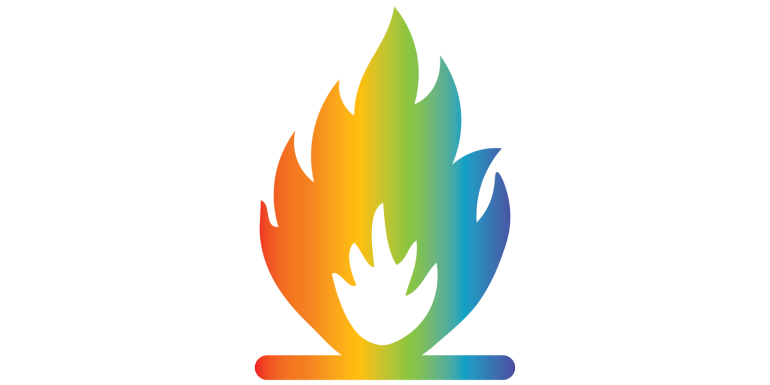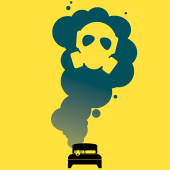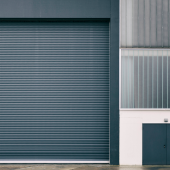Which optical flame detection system is best?

MSA Safety suggests things to consider when researching a fire and gas detection system for hazardous environments.
Engineers working in a wide range of hazardous process and manufacturing industries, as well as government and institutional facilities, require continuous flame sensing and monitoring equipment to prevent fires. From airports and petrol stations to warehouses and power generation plants – as well as the manufacture of some building materials – the risk of explosion and/or fire is a critical concern because of the fuels, chemicals and processes taking place.
Gases (such as hydrocarbons) burn with very high flame temperatures so a fire detection system that can rapidly sound an alarm is needed. The most popular systems use optical methods to detect flames; that is, they detect the absorption of light at specific wavelengths.
Two common optical flame detector types are combination ultraviolet/infrared (UV/IR) and multi-spectrum infrared (MSIR). Unlike simple UV or IR detectors, UV/IR and MSIR devices are sensitive to more than one band on the energy spectrum and therefore are less likely to produce a false alarm. Both technologies function well either indoors or outdoors and provide a reasonably fast response time.
Whether you should choose a UV/IR or an MSIR for the environment depends on several factors, such as:
- what kind of fuels are in use at the facility, such as alcohols, gasoline, LNG (liquefied natural gas used in power plants), LPG (liquefied petroleum gas) or solvents?
- are there other types of radiant energy in use at the facility, such as arc welding, hot objects or direct sunlight? The flame detectors should be able to distinguish between these non-fire energy sources and real flames. Typically, MSIR detectors provide the best immunity to these types of false alarms
- how high is the risk of air-borne particulates should a fire occur? Smoke, oil, grease and some chemical vapours can reduce a UV/IR unit’s detection range – so if, for example, heavy smoke is a concern, MSIR technology should be considered; and
- how wide an area does the device need to monitor? Different UV/IR and MSIR units offer varying detection ranges and fields of view (FoV).
Strengths and weaknesses
Once the requirements have been identified, then it should be straightforward to identify which system is best for the facility.
An MSIR detection system has high sensitivity and extended FoV so is best for large areas. It is less affected by dirty, oily environments and is best for likely smoky/sooty fires. Its weaknesses are that it needs careful aiming to avoid flares and other radiant energy sources. It also has a slightly slower alarm response.
UV/IR has a wide 60° FoV so is optimal for short, wider spaces and it has a fast alarm response. However, it can be more easily blinded by silicone flame, dirt, soot, oil, solvent vapors, water and ice. It can also be tricked by reflected UV light at long distances.
It should be clear which optical flame detection system is correct for the environment – it can mean the difference between a swift response and a catastrophic fire.
For a comprehensive overview of flame detectors, such as operating principles and coverage, download Flame Detection Handbook at b.link/MSASafety_flame
Image credit | iStock








